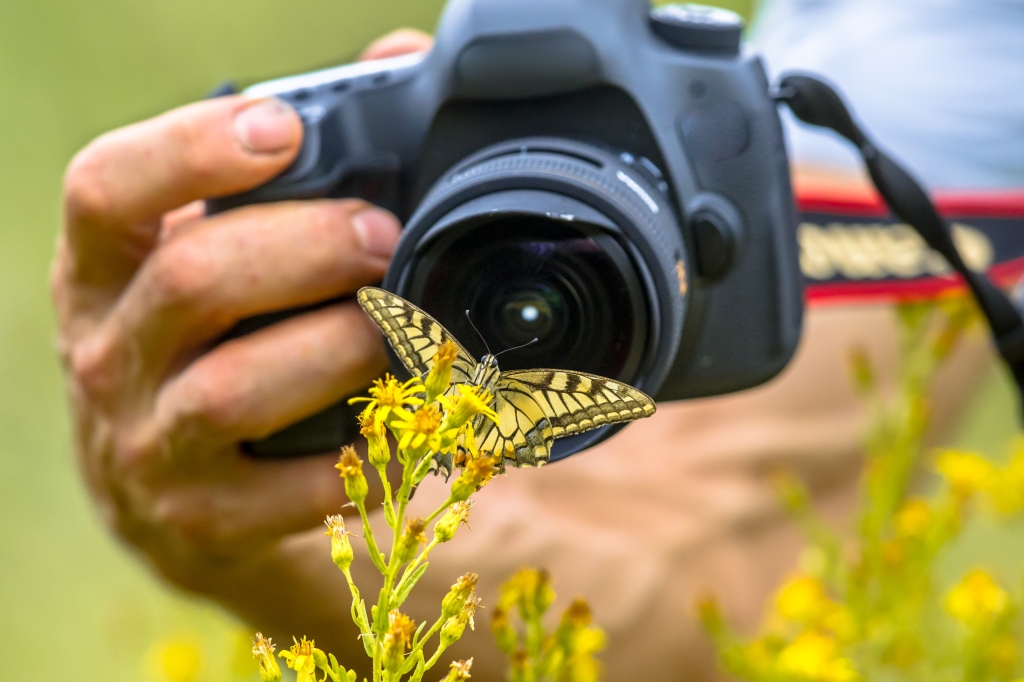Embarking on a wildlife photography expedition in national parks can be thrilling and fulfilling. With the right approach, you can capture stunning images while respecting the natural habitat of the subjects you’re photographing. Here are some essential tips to ensure a successful and responsible adventure:
1. Understand Your Gear
Familiarize yourself with your camera settings and lenses before you go. A telephoto lens is great for close-up shots while maintaining a safe distance from wildlife. Ensure your batteries are charged and your memory cards are empty. For smartphone photographers, familiarize yourself with your phone’s camera settings. Many modern smartphones offer advanced settings that can rival traditional cameras.
2. Best Time for Photos
Early morning and late afternoon are known as the “golden hours” for photographers due to the soft, diffused light. Wildlife is also more active during these times, increasing your chances of capturing compelling shots.
3. Stay Safe and Respect Wildlife
Always maintain a safe distance from animals. Use your zoom lens to get close-up shots. Never attempt to attract or disturb wildlife to get a better shot, as this can stress the animals and alter their natural behaviors.
4. Patience Pays
Wildlife photography requires patience. Animals are unpredictable, and getting the perfect shot can take time. Be prepared to wait and enjoy the natural setting around you while you do.
5. Learn About Your Subject
Understanding the behavior and habitat of the wildlife you are photographing can greatly enhance your ability to capture them on camera. Do some research before your trip to know what animals you might encounter and how best to photograph them.
6. Plan Your Visit
Research the park’s rules and regulations regarding photography and wildlife interactions. Some areas may have restrictions or require permits for photography to protect wildlife and visitors.
7. Leave No Trace
Be mindful of the environment. Stick to marked trails and pack out everything you bring in. Preserving the natural beauty and cleanliness of parks ensures that they remain wonderful places for photography for years to come.
8. Review and Learn
After your expedition, review your photos to see what worked and what didn’t. Every outing is a learning experience, and each can improve your skills.
By following these tips, you can enjoy a productive photography expedition that respects the wildlife and contributes to the preservation of their natural habitats. Happy shooting!

Leave a comment